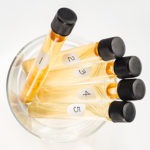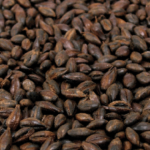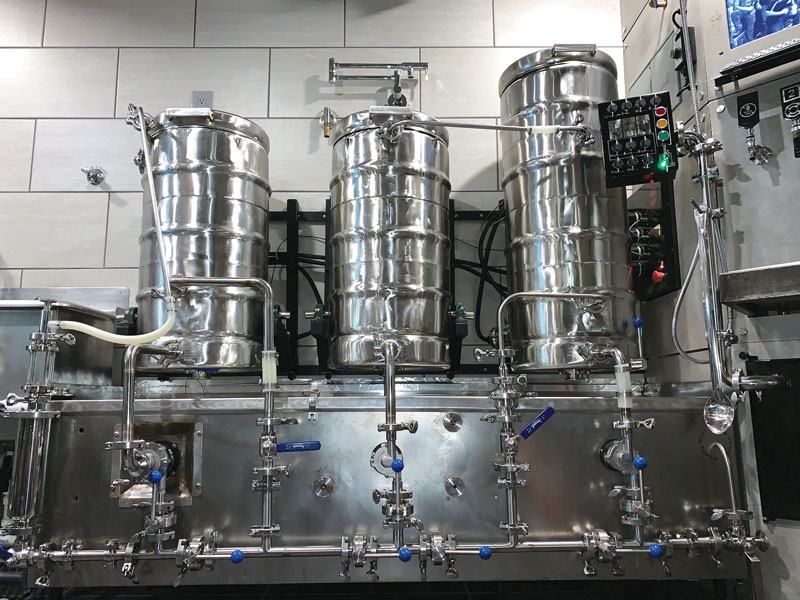Writer: Dawson Raspuzzi
Base Malts: Tips from the Pros
There is a huge variety of base grains out there that differ by type, barley variety, and maltster practices. These malts make up the majority of your beer, so don’t overlook them.
Tweaking Recipes: Tips from the Pros
A sign of a great brewer is that they are never content with a recipe. Three pros striving for excellence share their tips for tweaking recipes and brewing one-offs.
Pastry Stouts: Tips from the Pros
The so-called “pastry” stout is a high-gravity stout with flavors reminiscent of popular desserts. Get tips for brewing your own nightcap beer from three pros leading the charge.
Electric Countertop Brew Systems
There has been tremendous growth in the popularity of electric all-in-one countertop homebrew systems in recent years. With more than 20 systems now available, we thought it was time to put together a comparison of the features each has to make choosing a system easier for those in the market.
Yeast Selection: Tips From the Pros
With so many yeast strains available from yeast labs, how should a homebrewer go about choosing which one to use? We asked two pros for their best pointers.
Brewing Session Beers: Tips from the Pros
Two pros share their advice regarding recipe design and brewing techniques for achieving beers that are low in alcohol but high in flavor.
Beer Evaluation: Tips from the Pros
Experts from the Beer Judge Certification Program and
Cicerone program share how homebrewers can improve their beer evaluation skills and how it will help their brewing.
How Important is Kettle pH?
Mash pH gets most of the attention when it comes to pH measurement, but there are ideal pH levels at every step of the brewing process and they may get out of
Roasted Malts: Tips from the Pros
Two 2020 Great American Beer Festival (GABF) medalists share their preferences and techniques for brewing with roasted malts. Jeff Young, Co-Founder/Brewmaster of Shoe Tree Brewing Co. in Carson City, Nevada For chocolate
Brewing with Extract: Tips from the Pros
Many homebrewers start the hobby brewing with malt extract and move into all-grain batches, but that doesn’t mean there aren’t advantages to brewing with extract or that great beer can’t be made












